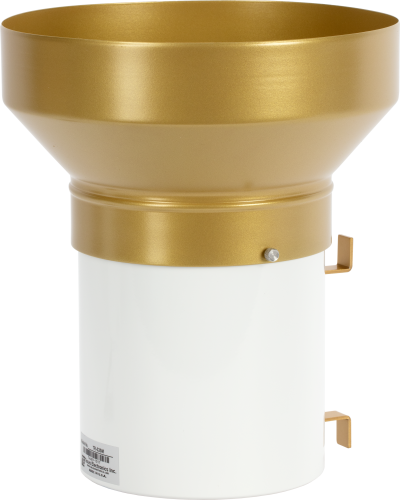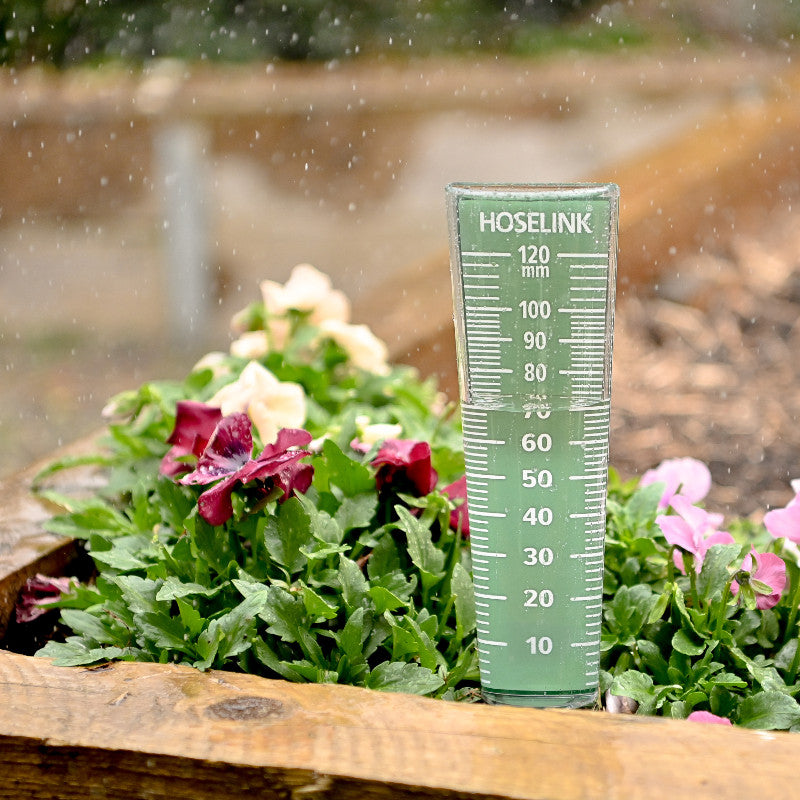Rain Gauge Purchasing Overview: What You Need to Know for Optimum Performance
Rain Gauge Purchasing Overview: What You Need to Know for Optimum Performance
Blog Article
Unveiling the Science Behind Rainfall Assesses: Exactly How These Devices Play an Important Function in Environment Research and Environmental Monitoring
Rainfall determines, seemingly straightforward tools, hold an extensive significance in the realm of climate study and ecological monitoring. As we peel off back the layers of this scientific veil surrounding rainfall evaluates, we discover a world where precision, information precision, and careful observation converge to unveil a deeper understanding of our transforming environment and its influence on the earth.
Value of Rain Scales
Rainfall gauges play an essential role in monitoring and measuring precipitation degrees, offering crucial information for climate study and evaluation. These tools are essential in measuring the amount of rains that happens in a details location over a particular duration. By collecting and determining rain, rainfall evaluates deal useful insights into the distribution and strength of rainfall, assisting meteorologists, hydrologists, and climatologists in comprehending climate patterns and trends.
Additionally, long-lasting information accumulated from rainfall gauges aids in analyzing climate adjustment influences and patterns, contributing considerably to scientific research study and decision-making processes. In essence, rainfall gauges serve as essential devices in the field of meteorology and ecological science, playing a critical role in advancing our understanding of weather and climate dynamics.
Types of Rain Gauges

Functionality and Procedure
In the world of environment research study and meteorological researches, the performance of rain determines lies in their intricate performance and specific functional systems. Rainfall evaluates are made to accurately measure the quantity of precipitation that falls over a details area throughout a set period.
The performance of rain evaluates is based upon the principle of accumulating and determining rainwater in a standard way. This gathered information pop over to these guys is important for understanding local weather condition patterns, tracking long-term environment patterns, and evaluating ecological influences. To guarantee accurate dimensions, rain assesses requirement to be strategically put in open locations away from obstructions such as buildings or trees that could hinder the collection procedure.
The operational element of rainfall gauges involves regular maintenance to stop particles buildup, calibration checks to maintain dimension accuracy, and data recording for analysis (rain gauge). In general, the capability and operation of rainfall gauges are crucial for collecting trustworthy precipitation data essential to climate research study and environmental monitoring
Function in Environment Research Study
Offered the vital importance of precise precipitation measurements in comprehending climate patterns and ecological effects, the function of rainfall determines in environment research is indispensable. Rain evaluates offer necessary information for climate research study by evaluating the amount of precipitation that discover this info here drops over a certain area during a provided period. This information is crucial for keeping track of long-lasting patterns in precipitation patterns, assessing the impact of climate change on rains distribution, and boosting climate versions.

Environment scientists utilize data collected from rain assesses to analyze variants in precipitation levels, recognize local climate patterns, and assess the performance of water resource monitoring strategies. By contrasting historical rainfall information with present measurements, scientists can detect changes in precipitation patterns, such as changes in the frequency or intensity of rainfall events. This info is important for understanding exactly how environment change is influencing precipitation characteristics and can assist policymakers make informed choices pertaining to adjustment and mitigation techniques.
Applications in Ecological Tracking

In flood forecasting, rain scale information aids to track rainfall intensity and distribution, permitting authorities to provide prompt warnings and take essential measures to mitigate flood dangers (rain gauge). Dry spell surveillance counts on rainfall gauge information to examine dampness levels in the soil and track precipitation shortages, helping in the identification of drought-prone areas and the application of drought response techniques
In addition, rainfall scale information plays a vital role in water source administration by offering information on water accessibility and usage patterns. This data is used to make educated decisions pertaining to water allowance, conservation procedures, and sustainable water source preparation. In addition, in farming, rainfall scale information aids farmers in optimizing irrigation routines, plant selection, and total ranch monitoring techniques based on neighborhood precipitation patterns. Generally, rainfall determines are vital tools in ecological tracking, providing useful understandings that add to educated decision-making and sustainable source monitoring.
Conclusion
Finally, rainfall gauges are necessary tools for determining precipitation, providing useful information for climate study and ecological surveillance. With different kinds and performances, rainfall assesses play a critical duty in recognizing rainfall patterns and their influence on the setting. By precisely determining rains, these gadgets add to the advancement of clinical expertise and assistance in making educated choices relevant to water source management and disaster readiness.
Rainfall gauges play an essential function in tracking and gauging rainfall degrees, offering vital data for environment research study and evaluation. The typical rainfall scale, known as the "tipping bucket" gauge, is one of the most frequently made use of devices. Ultrasonic rain assesses usage noise waves to find the visibility of rain, providing real-time data on rainfall degrees.Climate scientists make use of data gathered from rainfall evaluates to analyze variants in precipitation levels, recognize regional environment patterns, and assess the performance of water source management approaches.In final thought, rain evaluates are vital tools for determining rainfall, providing important information for climate study and ecological monitoring.
Report this page